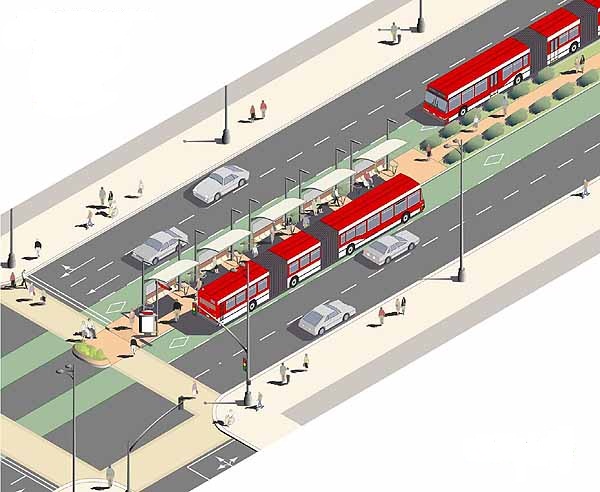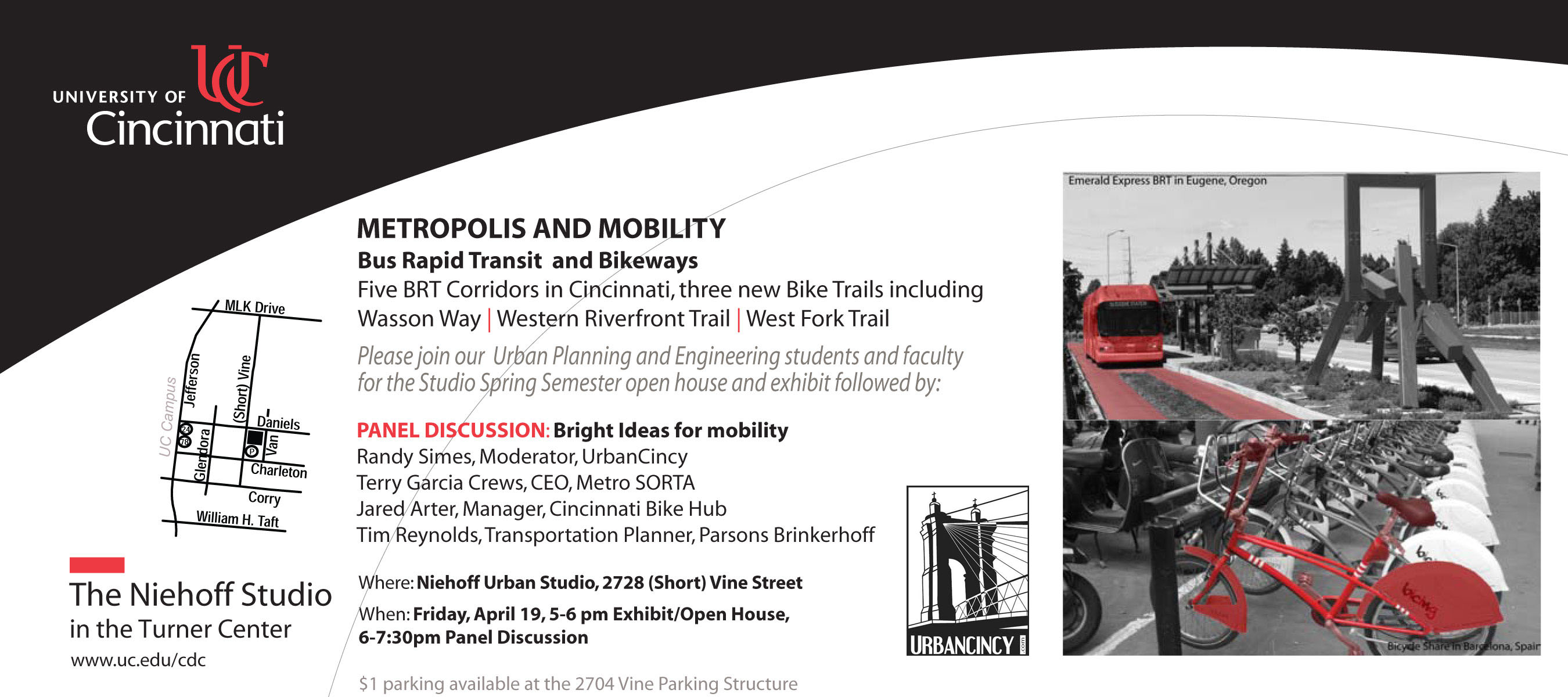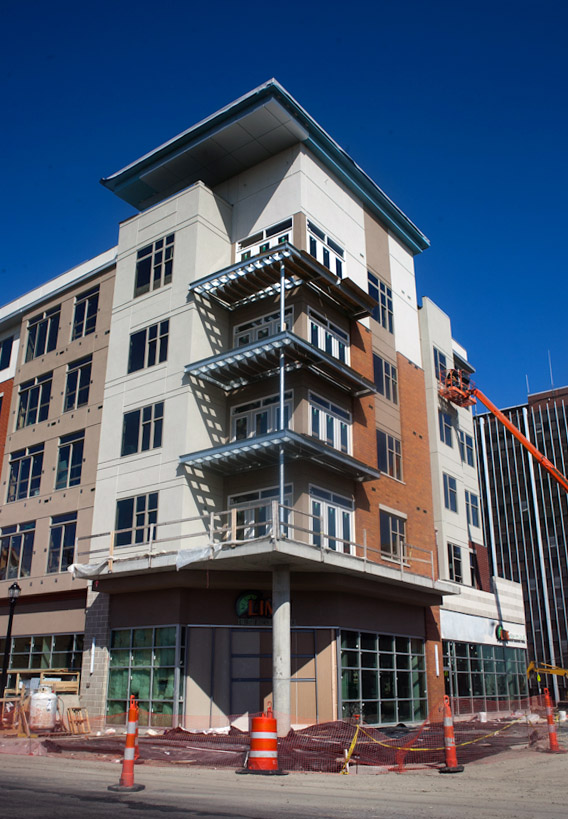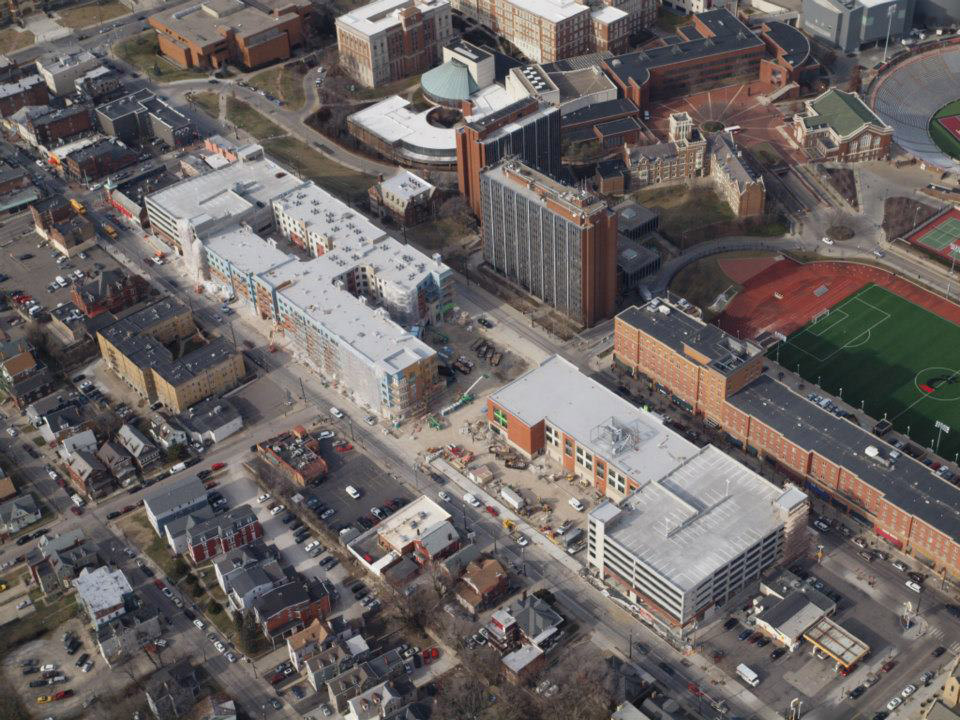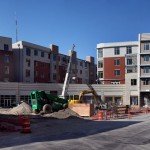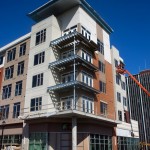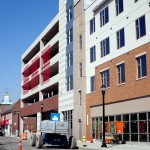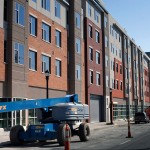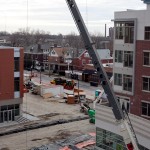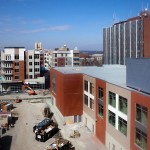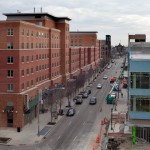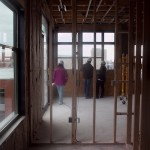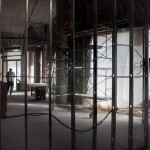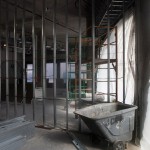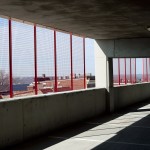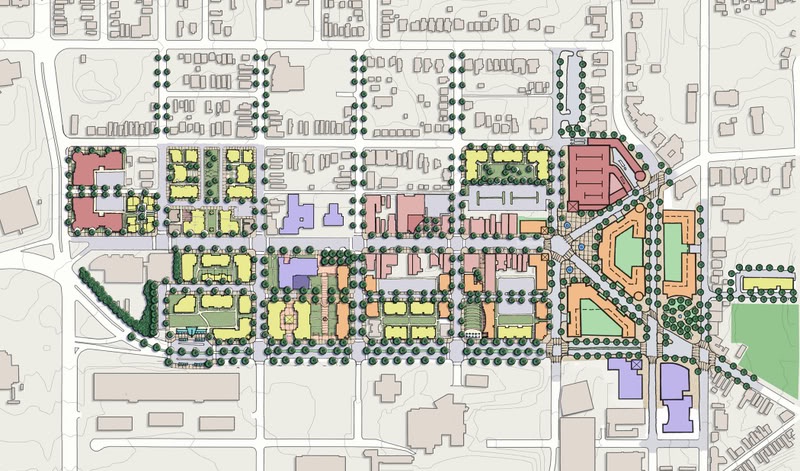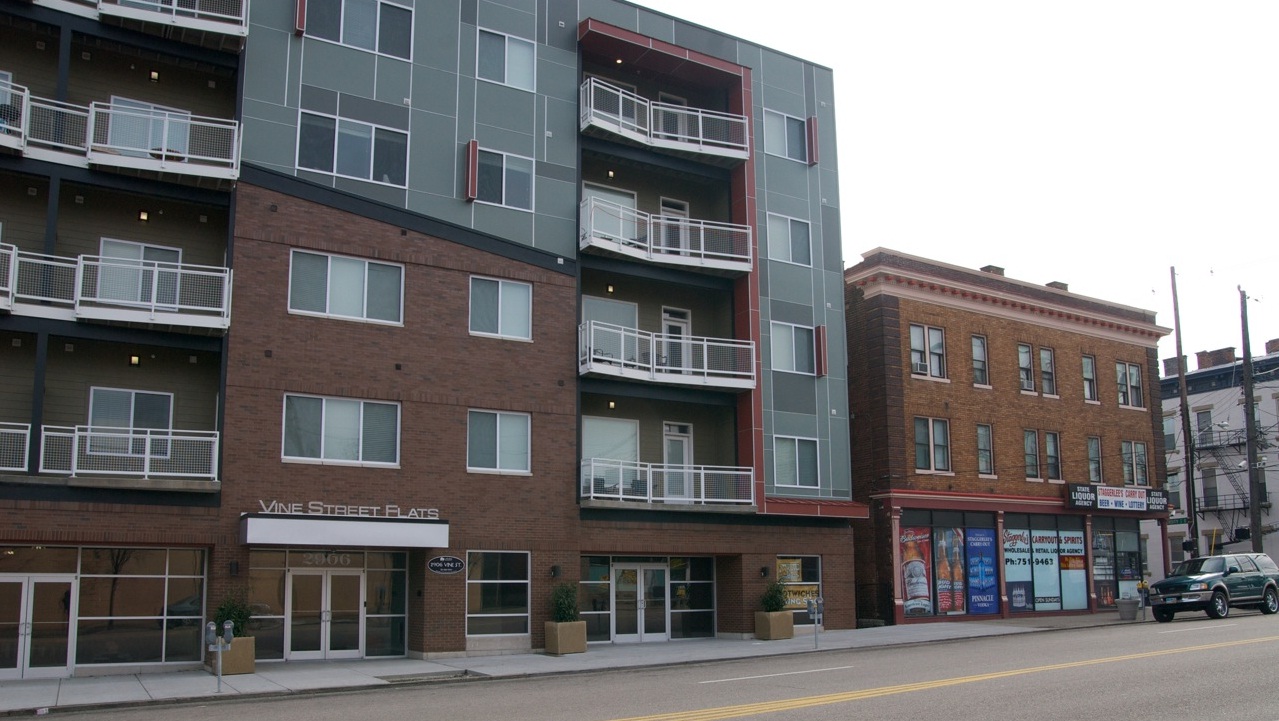The Cincinnati region is rethinking the way it moves people and goods throughout the region with major investments and studies taking place on bus rapid transit, bikeways, and multi-modal corridors. The Cincinnati region will evolve, for better or worse, depending on how these investments are planned.
To help further this discussion, we are proud to announce a new partnership between the Niehoff Urban Studio and UrbanCincy that will focus on the work produced by students at the interdisciplinary design center.
The exhibits produced by the students will be judged by those in attendance at the planned semi-annual events, and followed by an expert panel discussion. The best student project will then be profiled on UrbanCincy.
The first event of the new partnership, Metropolis & Mobility: Bus Rapid Transit and Bikeways, will take place on Friday, April 19, and will include discussion about how multi-modal transportation concepts can be applied throughout Cincinnati.
The expert panel will include Southwest Ohio Regional Transit Authority CEO Terry Garcia-Crews, Cincinnati Bike Center manager Jared Arter, and Parsons Brinckerhoff transportation planner Tim Reynolds.
“Bus rapid transit is a new form of urban transport, already in place in many American cities that can be modeled for Cincinnati to put us one step closer to a much-needed rapid regional transit system,” explained Niehoff Urban Studio director Frank Russell.
Russell goes on to say that the discussion regarding bikeway planning will focus on three new proposals for the Mill Creek Greenway, Western Riverfront Trail, and the Wasson Way.
The event is free and open to the public, and will include an open house session from 5pm to 6pm where visitors can view the student exhibits and mingle with the panel, and the panel discussion itself from 6pm to 7:30pm.
There will be a cash bar and complimentary light snacks provided for those in attendance.
The Niehoff Urban Studio is located at 2728 Vine Street in Corryville. The event is easily accessible via Metro bus service, and $1 parking will be available at the 2704 parking structure accessible from Vine Street.
